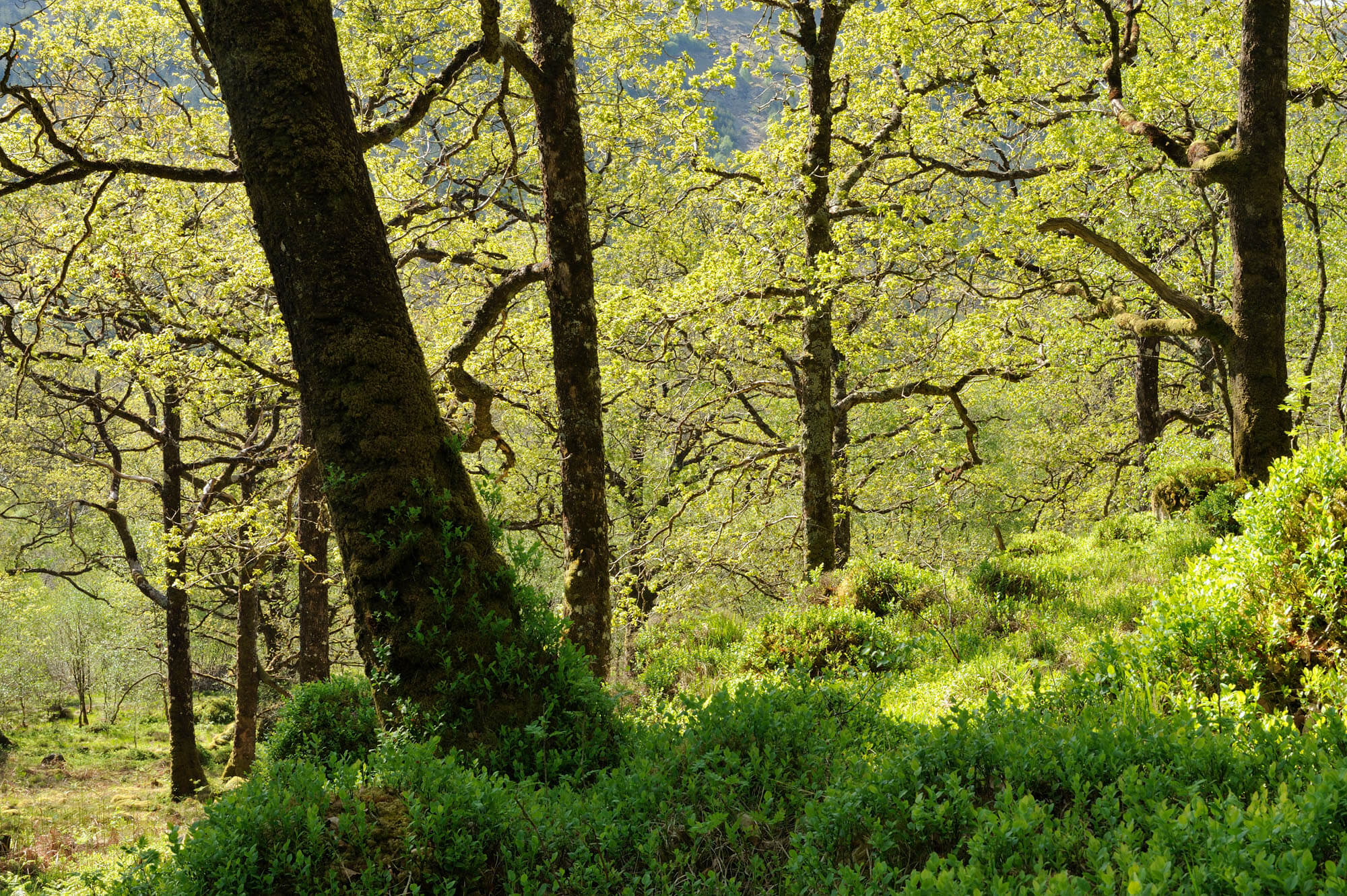This page signposts guidance, predominately from voluntary organisations and public bodies in Scotland and the rest of the UK, which may assist in the planning, implementation and management of Nature Networks.
Covering Framework Delivery Principles:
- Data, mapping, & monitoring
- Finance & resourcing
- Governance & decision making
- Knowledge & skills
- Monitoring, Evaluation & Reporting
- Participation, engagement, & communication
- Policy & Mainstreaming
- Project Development
- Project Implementation
- Spatial Mapping
Overview
Guidance relates to improving habitat quality and diversity, expanding habitat range (via restoration or new habitat creation), improving connectivity within or between habitat patches, how to monitor the quality and extent of habitat and information on key species within that habitat or ecosystem type.
The list of guidance is not exhaustive and offers a starting point for reference only. The guidance listed may not be Scotland specific, and practitioners are advised to ground truth their site, and explore the latest guidance before beginning work.
About Forests and Woodlands
Native tree and shrub species provide much of our wildlife with its natural habitats, forming a valuable part of Scotland’s nature and landscapes. Woodland habitats also offer many benefits to Scotland’s people – from food, timber and recreation to carbon storage and cleaner air. Foresters, farmers, communities, conservation bodies and others involved in woodland management should take account of these ecosystem services.
NatureScot recommends multipurpose management of Scotland’s forests and woodlands. This considers wide-ranging objectives from carbon management to cultural values as well as connectivity for people and nature.
Woodland and forestry policy overlap with Nature Networks e.g., NPF4 Policy 6 states that “LDPs, as well as identifying and protecting existing woodlands, should identify their potential for enhancement and improved ecological connectivity through helping to support and expand Nature Networks”. The UK Forestry Standard (UKFS) recognises the importance of ecological connectivity and includes a guideline relating to connectivity.
- Details on how nature can be used to help tackle environmental and social challenges, providing benefits to people and nature, and help us to mitigate and adapt to climate change.
- Outlines practical ways in which local authorities can act to support nature-based solutions.
- This guidance covers the full journey from engaging landowners and design through to acquiring funding and delivering native riparian woodland.
- In depth guidance for developing a Woodland Grazing Plan designed for woodland owners, managers and farmers seeking to manage their woodlands using livestock.
- For details on how nature can be used to help tackle environmental and social challenges, provide benefits to people and nature, and help us to mitigate and adapt to climate change.
- This tool is helpful in the urban / peri-urban environment when trying to decide where trees may be a particularly valuable addition to Nature Network corridors.
- This guidance covers the full journey from engaging landowners and design through to acquiring funding and delivering native riparian woodland.
- Advice for land managers on locating native woodland expansion in order to help to develop habitat networks. Includes the creation of new native woods and conversion from non-native woods.
Help us build a useful toolbox
Share your feedback on existing guidance and resources, as well as links to others you think would be useful. We’d also love to hear about any great Nature Network projects that we should showcase.
.